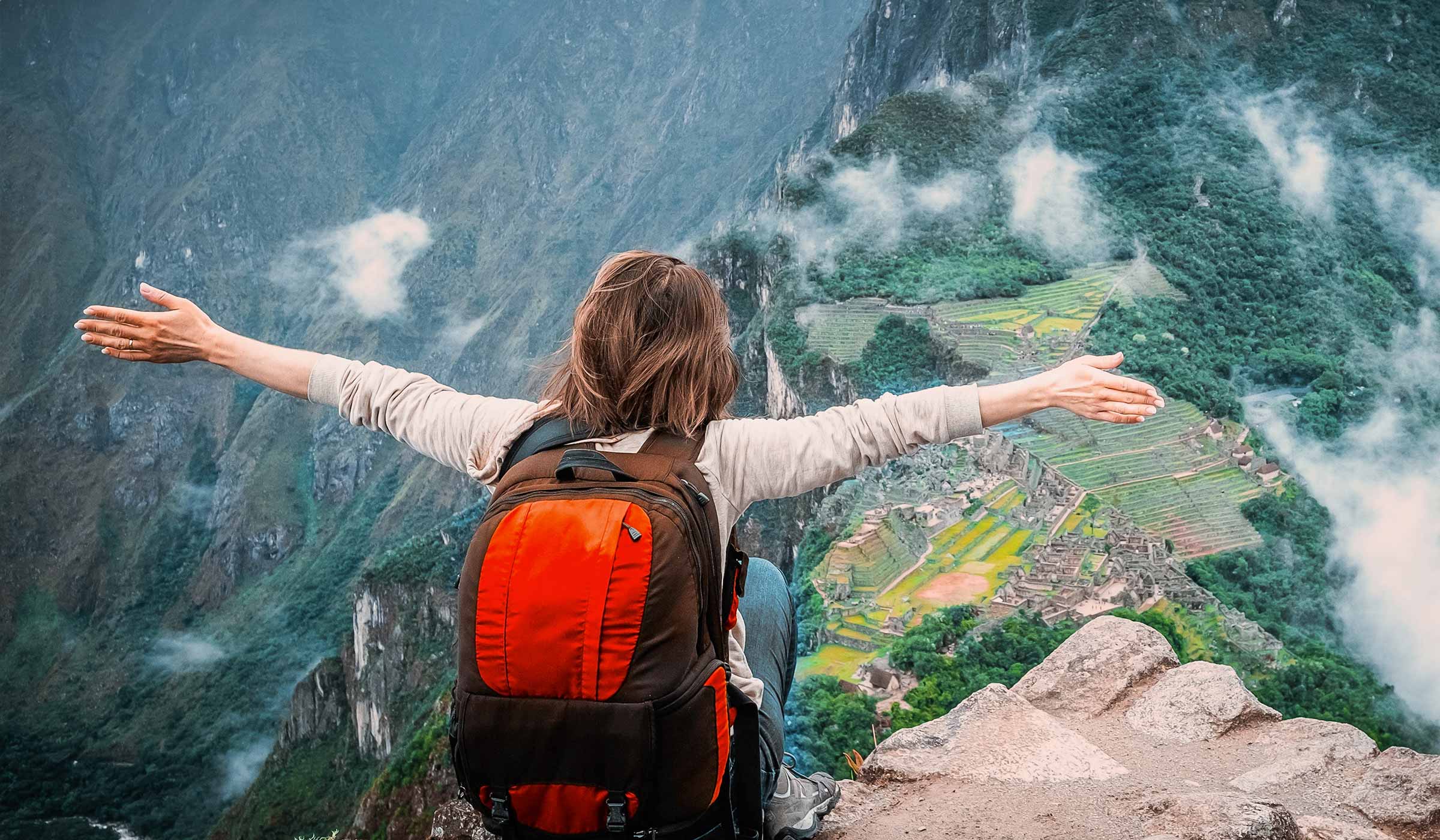Pisac’s handicraft market is a kaleidoscope of color, tradition, and skill. Nestled in Peru’s Sacred Valley, this village is famous for its Sunday Market, where Quechua artisans from nearby communities sell alpaca textiles, silver jewelry, and pottery. But even on non-market days, stalls line the plaza with handwoven mantas (shawls), carved gourds (mates burilados), and intricate beadwork.
What sets Pisac apart is its authenticity. Unlike Cusco’s touristy shops, many items here are made using centuries-old techniques. Look for textiles dyed with cochineal insects or chullos (knitted hats) with earflaps—symbols of Andean identity. Bargaining is expected, but prices are fair. A high-quality alpaca scarf might cost 80–120 PEN ($20–30), while silver sols (traditional coins) start at 50 PEN. Avoid mass-produced “Inca” trinkets; real artisans often sit quietly, weaving as they sell. Pro tip: Arrive early (8–10 AM) to avoid crowds and chat with makers.
How to Get to Pisac
From Cusco, take a colectivo (shared van) from Calle Puputi street. Cost: ~10 PEN (2.50),1−hourride.Taxischarge 80–100PEN(2.50),1−hourride.Taxischarge 80–100PEN(20–25) for private trips. Many Sacred Valley tours include Pisac as a stop.
What to Wear for Shopping
Dress for comfort and respect. Wear sturdy shoes—cobblestone streets are uneven. Layers are key: mornings are chilly, but midday sun blazes. A crossbody bag keeps hands free for handling textiles. Avoid flashy accessories; you’ll blend in better and haggle easier.
Best Time to Visit
Sunday is market day—the biggest and busiest. Dry season (May–October) offers sunny skies for browsing. Rainy season (November–April) has fewer tourists, but afternoon showers can flood stalls. Avoid major holidays (e.g., Easter), when prices spike. For a quiet experience, visit Tuesday–Thursday when the market is smaller but still active.
Recommended Tours
- Pisac Market & Ruins Combo Tour: Shop first, then hike Inca terraces.
- Weaving Workshop with Artisans: Learn to spin alpaca wool in a Quechua home.
- Sacred Valley Artisan Route: Combine Pisac with Chinchero and Ollantaytambo markets.
- Pottery-Making Class: Create your own cerámica using pre-Columbian methods.
- Textile Photography Tour: Capture weavers’ techniques without disrupting their work.
What to Pack
- Cash (Soles): Most vendors don’t accept cards. Small bills make bargaining smoother.
- Reusable Tote: Reduce plastic use and carry purchases safely.
- Portable Scale: For checking silver weight (some jewelry sellers exaggerate purity).
- Hand Sanitizer: Test textiles without transferring oils/dirt.
- Phrasebook: Basic Quechua like “¿Imataq kay?” (“How much is this?”) builds rapport.
Government & Cultural Restrictions
Peru’s Ministry of Culture bans exporting antiquities (pre-1900 items) or handicrafts made from protected species (e.g., vicuña wool without CITES certificates). Drones require permits for market photography. Avoid buying Nazca-style pottery—many are illegal replicas. During protests, roads to Pisac may close. Heavy rains (Jan–Mar) sometimes cancel tours.
Age & Accessibility
Pisac’s market is family-friendly, but crowded aisles challenge strollers. Elderly travelers might struggle with steep, cobbled streets. Kids enjoy picking out bracelets, but watch for fragile ceramics. Workshops (e.g., weaving) suit ages 8+; toddlers may lose interest.
Local Artisans & Communities
Most vendors are Quechua from villages like Chahuaytire or Amaru. Women wear lliclla (shawls) pinned with tupu (silver brooches) to show marital status. Many artisans farm potatoes or corn when not weaving. Respect their space: ask before taking photos, and avoid haggling too aggressively—this is their livelihood.
Culture & Traditions in Pisac Handicrafts
Every textile tells a story. Diamond patterns symbolize mountains, zigzags rivers. Natural dyes come from plants like chilca (green) or cochineal (red). In pottery, Apu (mountain god) motifs honor Inca beliefs. During Fiesta de la Virgen del Carmen (July), artisans weave special unkuñas (ritual cloths). Silverwork often features Inti (sun god) designs. Never touch a weaver’s tools without permission—they’re considered sacred.
Final Tips & Alternatives
If Pisac feels too touristy, try Chinchero’s Sunday Market or Ollantaytambo’s artisanal shops. For unique jewelry, visit Huilloc village. Always check for the Artesanías del Perú label to ensure authenticity. Bargain politely—walk away if prices feel unfair, but remember: a few extra soles mean little to you, a lot to them.
SEO Structure: Target keywords like “buy handicrafts Pisac,” “Pisac Market guide,” and “authentic Peruvian souvenirs.” Use H1/H2 headers, meta descriptions highlighting market days, and alt text for images of textiles/artisans. Link internally to Sacred Valley or Cusco guides.








No comment yet, add your voice below!